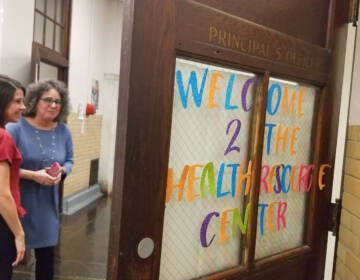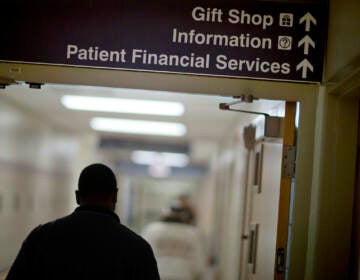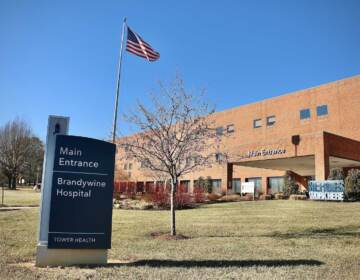Penn’s new living organ donor center aims to close gaps in transplant access
A majority of organ transplants are still done with deceased organ donations, but living organ donations can last longer.
Listen 1:18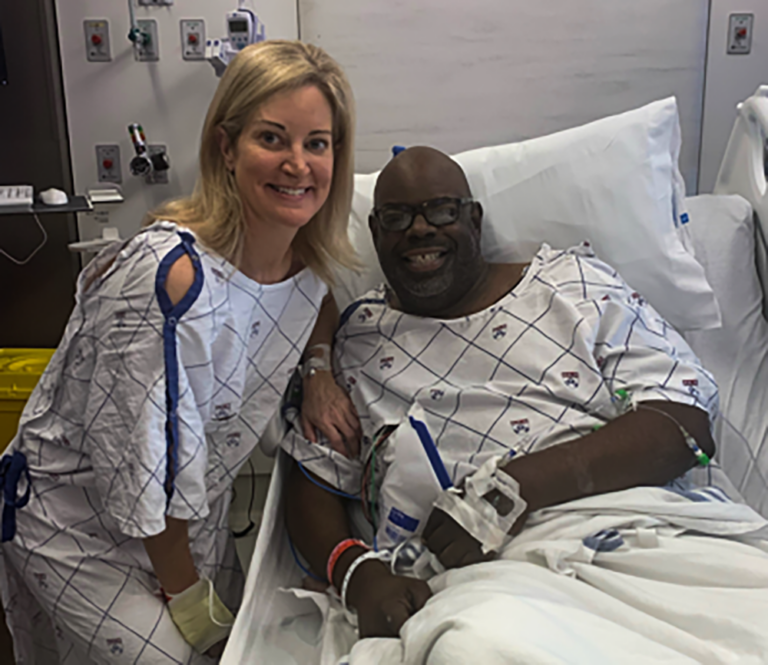
Molly Gray, of Yardley, Pennsylvania, and Dan Napoleon, of Trenton, New Jersey, participated in an organ donation paired exchange at Penn Medicine's Transplant Institute in March 2022. Gray donated a kidney to a stranger, which ensured that another donated kidney would go to Napoleon, who was in kidney failure and needed a transplant. (Penn Medicine)
Molly Gray’s Facebook scrolling one night unexpectedly took a lifesaving turn when she saw a post by a friend who was in search of a living kidney donor.
“I had no idea that he was in kidney failure,” Gray said. “He is this great big guy, jovial, never complains, always smiling. I did not know he was ill whatsoever.”
Gray, 51, of Yardley, Pennsylvania, and Dan Napoleon, 51, of Trenton, New Jersey, became acquainted through sports. Their sons play together on a travel soccer team and the families have grown closer over five or so years.
“I thought to myself, I can’t imagine what he’s going through,” Gray said. “He was doing dialysis three days a week, and I thought he might get to the point where he’s going to be too ill to see his sons play their sports. And I honestly could not think of a reason why I should not donate a kidney.”
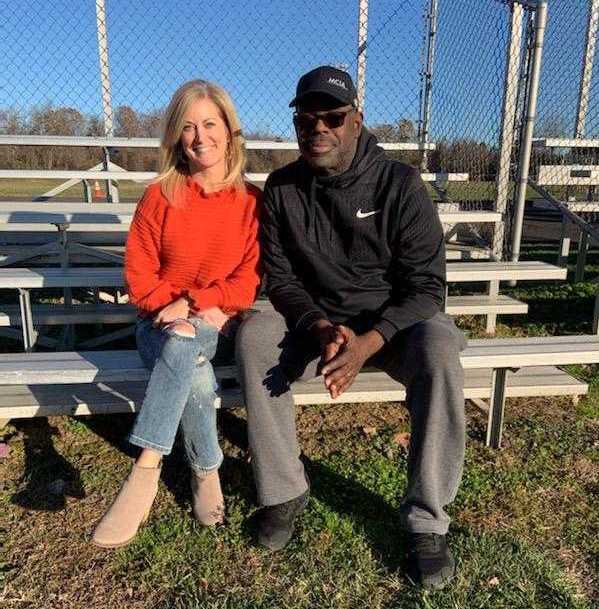
It took completing a referral process, lots of paperwork, extensive medical evaluation, testing and counseling before Gray went under the knife on March 30, 2022, to donate one of her kidneys to her friend.
The procedure, performed through Penn Medicine’s Penn Transplant Institute, was conducted in a paired exchange. Gray’s kidney was matched with a 40-something in New Jersey. This ensured that Napoleon got an immediate kidney transplant from someone who was a medical match to him.
There are about 105,000 people in the U.S. on wait lists for organ transplants. And a majority of those hoping for their match need a kidney. More than half of kidney transplants come from dying or deceased donors, but kidneys that come from healthy, living donors usually last longer for the recipient.
Still, only about 20% to 30% of kidney transplants are done with living donors, and there are significant racial disparities. In 2022, about one third of white kidney transplant recipients received a living donation, compared to only 10% of Black kidney transplant recipients, according to data from the United Network for Organ Sharing.
The statistics make Napoleon’s transplant doubly rare — he is among a minute percentage of Black men who ever receive a living kidney donation.
Recently, Penn Medicine opened a new Center for Living Donation with goals of increasing living organ donations and transplants in the region, and closing the gaps that remain in access to care.
“We would like to flip the ratio in a safe and equitable manner,” said Dr. Amanda Leonberg-Yoo, a general nephrologist and medical director of the Living Kidney Donor Program at the transplant center.
Leonberg-Yoo said the new center has a dedicated focus on educating people about living organ donation in general, and a specific approach to caring for people who choose to donate.
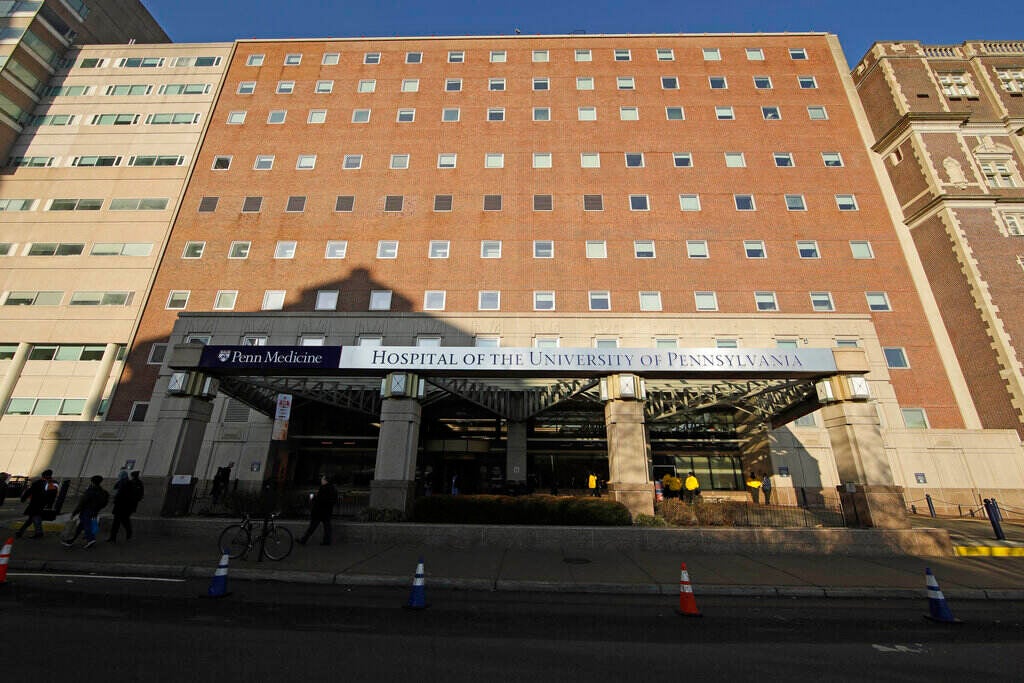
Living organ donations can be done for more than kidneys. Liver and uterus transplants have proven safe and successful for both donor and recipient.
“We have to consider efficiency, ease of access to health care, and assurance of short-term and long-term follow-up for these people that are otherwise healthy and wouldn’t have a reason to come for a clinic visit and to see a nephrologist, for example,” she said.
People who go through the process to become a living organ donor at the center in Philadelphia are paired with a patient navigator who is specifically assigned to guide a donor with their best interests in mind.
A living donor and transplant recipient are cared for by separate teams of medical providers, which Leonberg-Yoo said helps eliminate any potential for conflicts of interests and can be reassuring for donors.
Leonberg-Yoo said the center helps people address some common misconceptions about living organ donation. Most if not all costs related to medical testing, the surgery, and post-operative care are covered under the recipient’s health insurance.
The medical evaluation for potential donors is extensive, she said, and specialists will tell donors when the risk is too great to donate.
“And the living donor has the right to stop at any point up until the time of anesthesia delivery,” Leonberg-Yoo said. “Sometimes that does happen, but our goal is to ensure the safety of the living donor and ensure that this is the right decision that they make.”
For Gray, the process was straightforward. She was able to complete much of the paperwork and meetings from home, which saved her from having to take off more time from work. All her medical testing and physical evaluations in Philadelphia were conducted on a single day, and she was consistently given the option to stop the process.
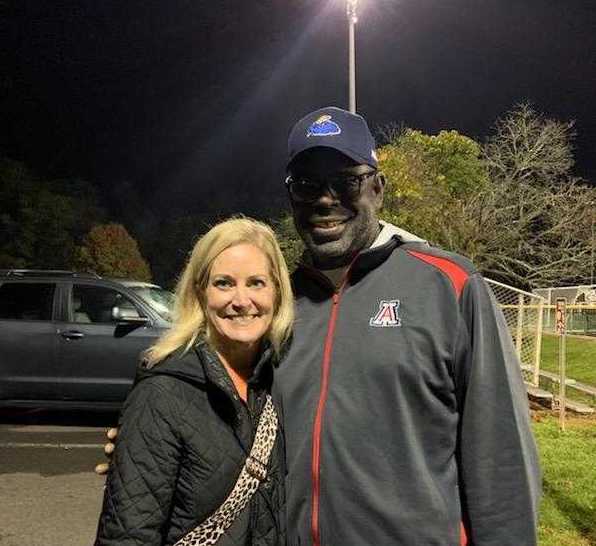
But in the end, Gray said she had no regrets about going through with the surgery and donation, which was done laparoscopically and required a two-day stay in the hospital before she went home to fully recover.
“The only thing that’s different, I drink more water. I really haven’t found any difference, physically. I have a couple scars, they’re very small,” Gray said. “I just think of Dan and Sharon and his two boys and the fact that he is not attached to a dialysis machine three days a week and he can go and see their soccer games and their basketball games and do whatever he wants to do with his family. I feel like my part in that, my piece, was so minimal, but it created a huge, long-lasting effect for him.”
More information about living organ donation and kidney donation can be found at the National Kidney Foundation, the National Living Donor Assistance Center, and the United Network for Organ Sharing (UNOS).

Get daily updates from WHYY News!
WHYY is your source for fact-based, in-depth journalism and information. As a nonprofit organization, we rely on financial support from readers like you. Please give today.



